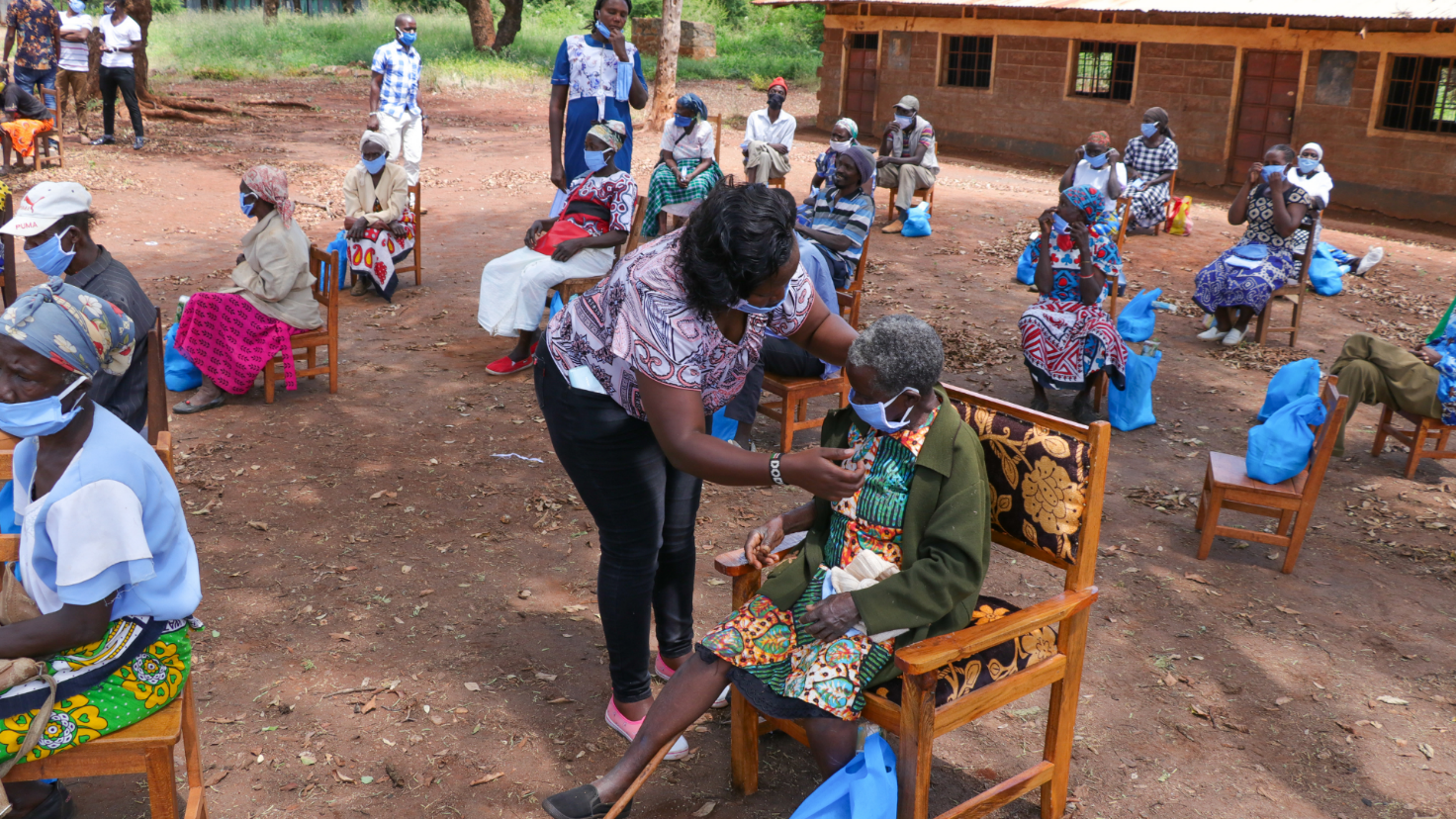
I am best known for empathetic storytelling and using a camera to bring audiences into worlds they would never have access to otherwise. In 2016, I was determined to tell the story of the perfect maternal health outcomes at Al-Zaatari Refugee Camp in Jordan, told through the eyes of a six-year-old girl as she was about to become a big sister.
Read More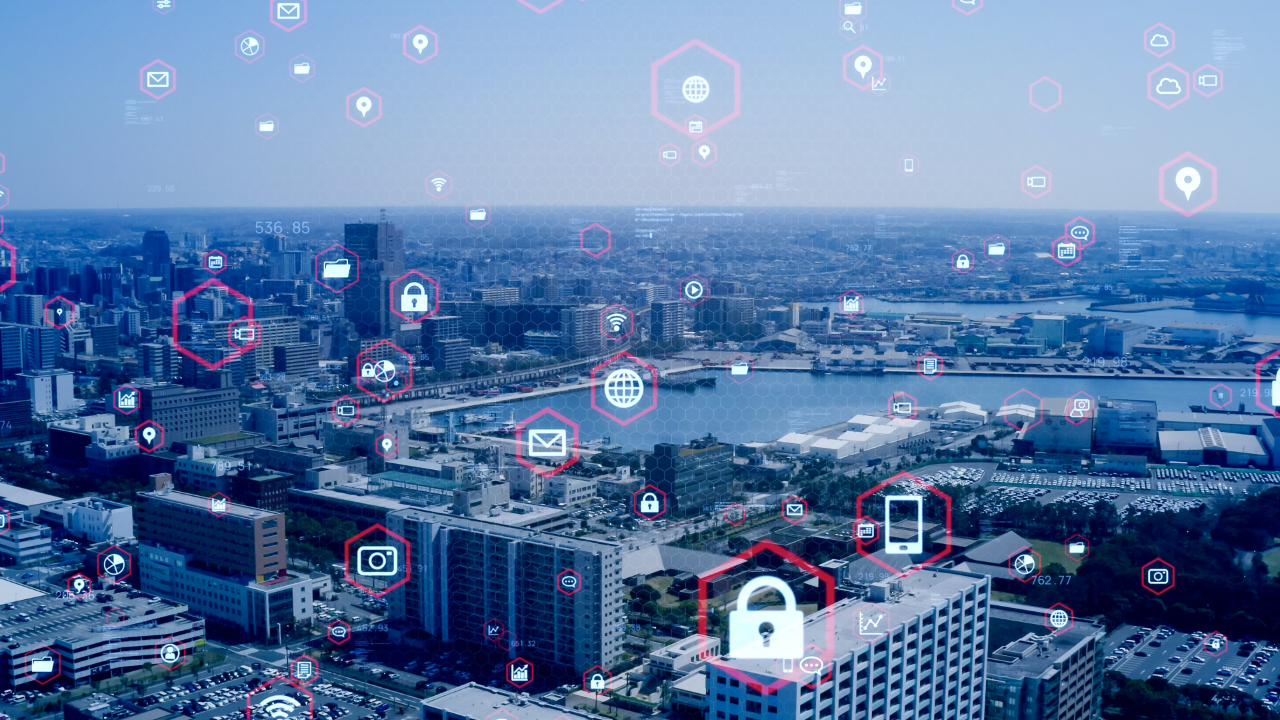
Technology is now all around us. The digital transformation we have seen over the last few years has increased the emphasis on being ‘always on-line’. Take India for example, in 2015 India had 7.5 percent of its population connected to the Internet, by 2019 this percentage increased to 34 percent (WB data). Indian mobile data users consume 8.3 gigabytes (GB) of data each month on average, in fact India is digitizing faster than any other country (McKinsey).
Read More
Infrastructure is intrinsic to every aspect of our lives. However, we tend to consider infrastructure only as discrete assets such as roads and buildings, as opposed to collective sets of systems and services that must function in continuous synchrony to provide us with food, water, accommodation, energy, transportation, telecommunications, governance, and security.
Read More
We all agree on the need for disaster resilient infrastructure. But what does it take to get there?If we hope to achieve resilience to disasters, we should start at a robust and fit-for-purpose risk modeling. It is debatable what “robust” or “fit-for-purpose” means, so let me list some features that I think could help narrow down our modeling requirements:
Read More
Countries have been grappling with the impacts of climate change and extreme events as they pose a myriad of risks to people, vital infrastructure, economy and future development. As a significant proportion of these economic losses are attributed to the direct physical losses and damages to infrastructure systems, there exists a pressing need for integrating disaster and climate resilience for infrastructure development.
Read More

When one year ago the WHO declared the COVID-19 virus a global pandemic, digital technologies quickly became the new lifeline.The pandemic has demonstrated the critical role of connectivity and of a resilient and secure digital infrastructure for coordination, social welfare, and for the global economy.
Read More
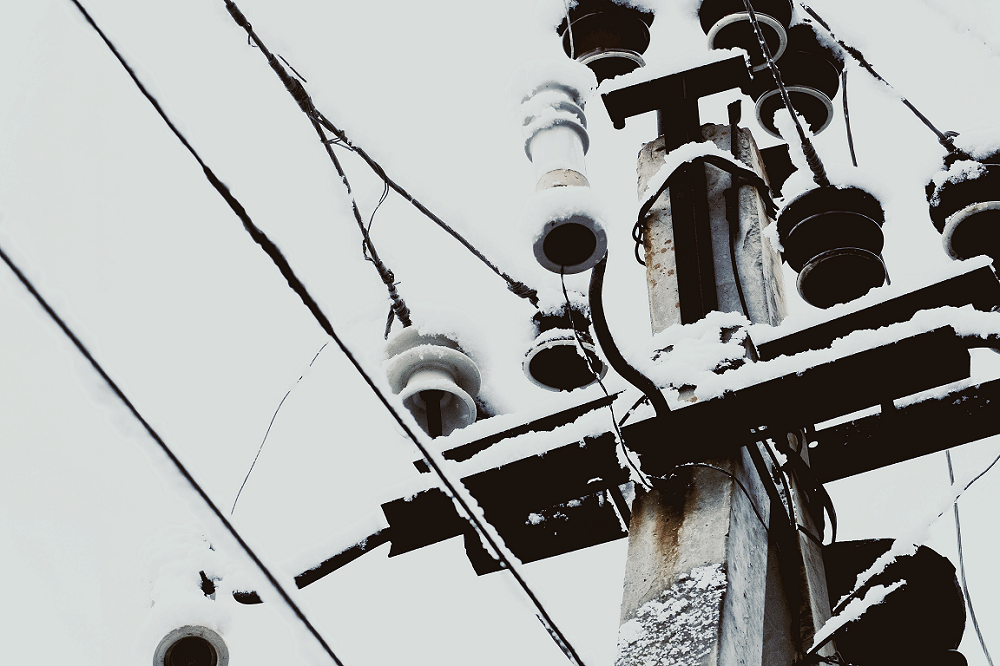
Last week, large parts of the power network in Texas failed when the state was hit by exceptionally cold weather, which froze pipes and pumps at a time of high electricity demand. The impacts were severe and wide-spread because the network was not resilient – there was not sufficient back-up capacity and, unlike other parts of the USA, the power network is not interconnected to other supplies further afield. Read More

Our future is urban. By 2050, two-thirds of the world’s population will be living in urban settings. The cities that we live in now and the cities of the future need to be safe spaces where people prosper and flourish. But cities across the globe are challenged by increasing disaster and climate risk. Extreme weather events have doubled over the past 20 years and are hitting cities with increasing frequency and intensity. Read More

Look at the world around us. We can work from home, order pizza at the click of a button, purchase household items or even enroll in an online course at a university. All this has been made possible due to rapid innovations in information, communication and technologies. Today, digital infrastructure is our “lifeline infrastructure”. Any disruption to this essential infrastructure affects our daily lives. Read More
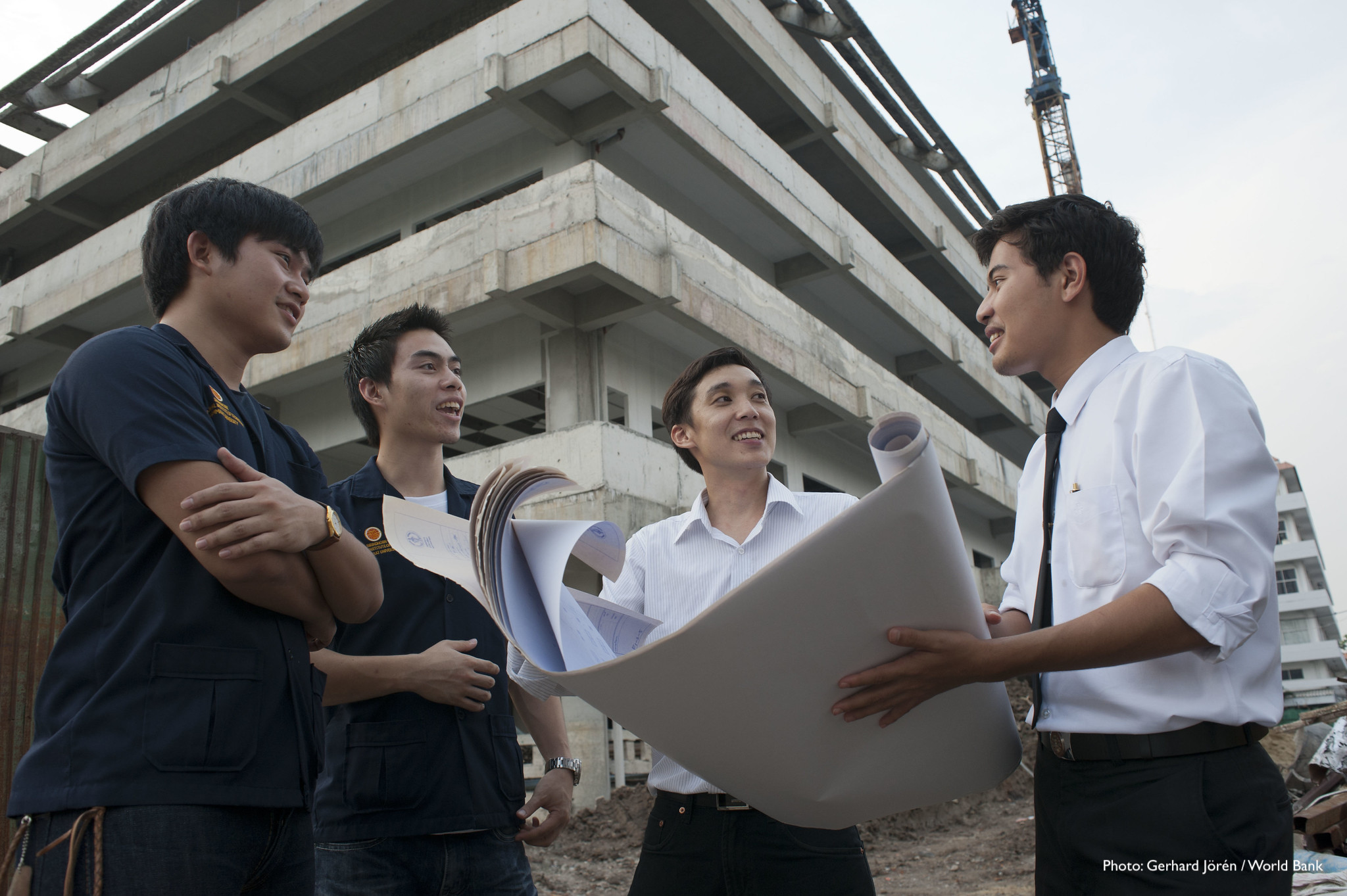
Over the course of our lives, we will spend more than one-third of our time in the workplace. Obviously, it is important to love what you pursue as a career, but it is often not an easy decision to make. Careers that have relevance to current and future realities of our planet offer great opportunities for personal and professional growth. One such career option is disaster resilient infrastructure. Read More

Critical infrastructure supporting transport, power, telecommunication and water supply are essential for quality of life and livelihoods as our everyday tasks depend heavily on their reliable and secure operations. But unsafe infrastructure can cause severe consequences for people and economic activities, especially when exposed to the rapidly increasing threats of climate change and natural hazards. Read More

The world has entered the era of unprecedented infrastructure development. The Global Infrastructure Hub estimates that US$94 trillion will be invested in infrastructure by 2040. This means that on average close to $4.5 trillion will be spent each year on infrastructure which will shape the lives of people, wealth of nations and the collective future of our planet. It will act as the backbone for service provision, economic growth and poverty alleviation as well as social inclusion. Read More

Electricity, like roads and mobiles, has become a necessity over time. While urban areas almost come to a halt in its absence, rural areas, too, feel an acute impact on lives and livelihoods. This important infrastructure sector is frequently impacted by disasters caused by cyclones and floods. Read More
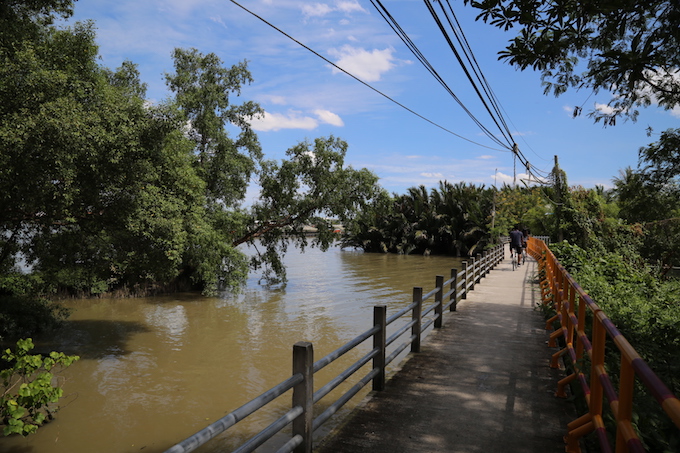
Recently I was pleased to join and address a webinar that got me thinking about two terms I had never actually used in the same sentence before: nature-based solutions and resilient infrastructure. The United States Government, through USAID India and the U.S Forest Service, was pleased to partner with the Coalition for Disaster Resilient Infrastructure (CDRI) to organize this fascinating session. Read More

Vulnerable communities around the world continue to bear the brunt of relentless, devastating disasters from earthquakes, cyclones, widespread flooding and other effects of a changing climate. Often the poorest of the poor suffer the most, victims of storm surges and mudslides, while others lose their livelihoods. Read More